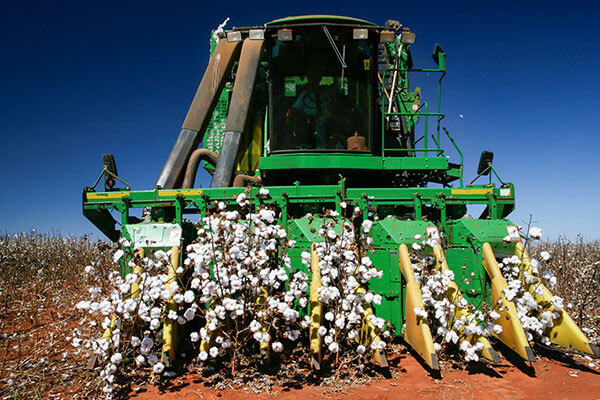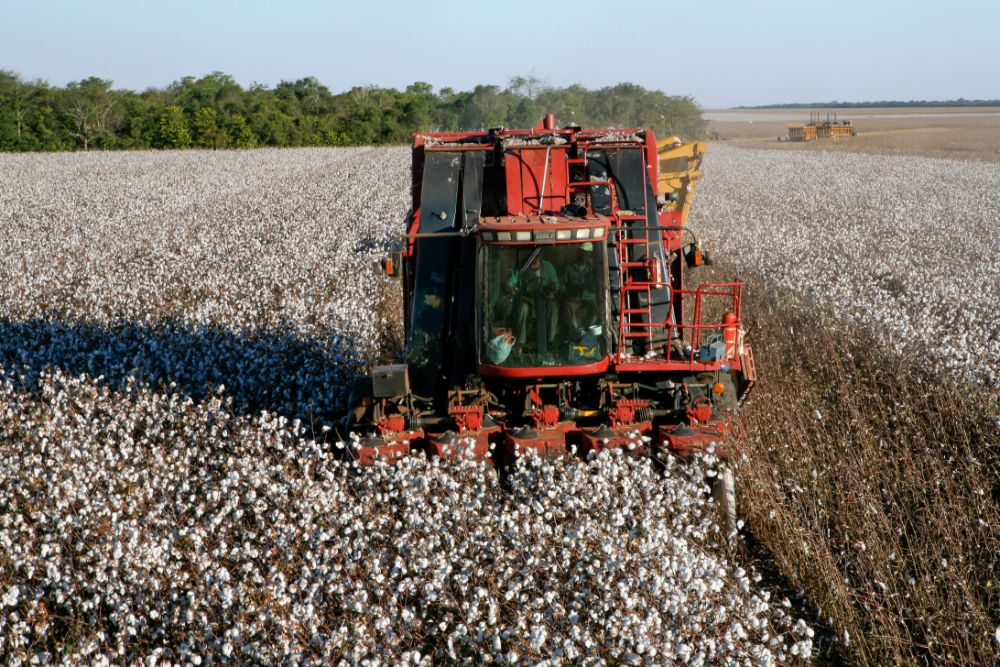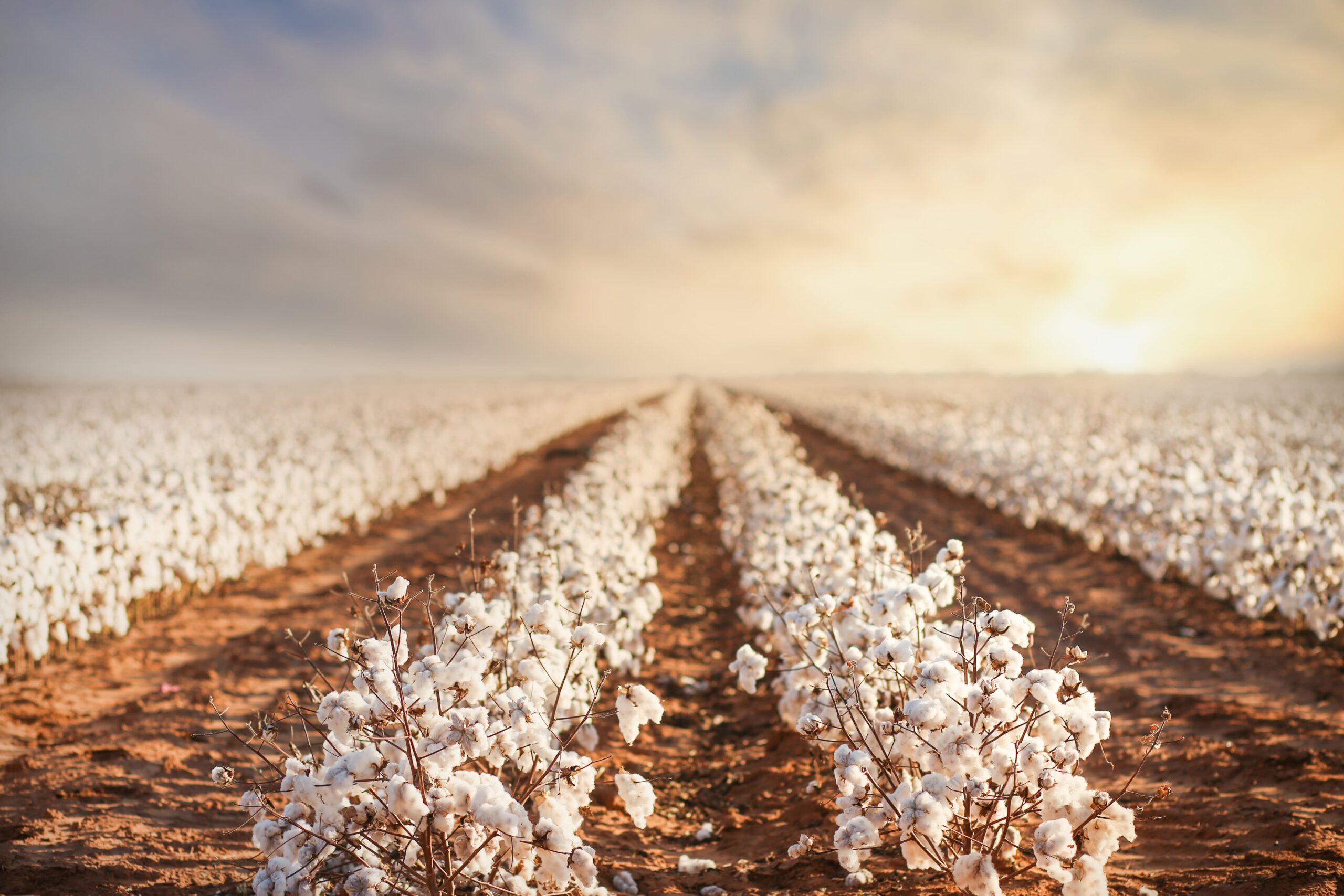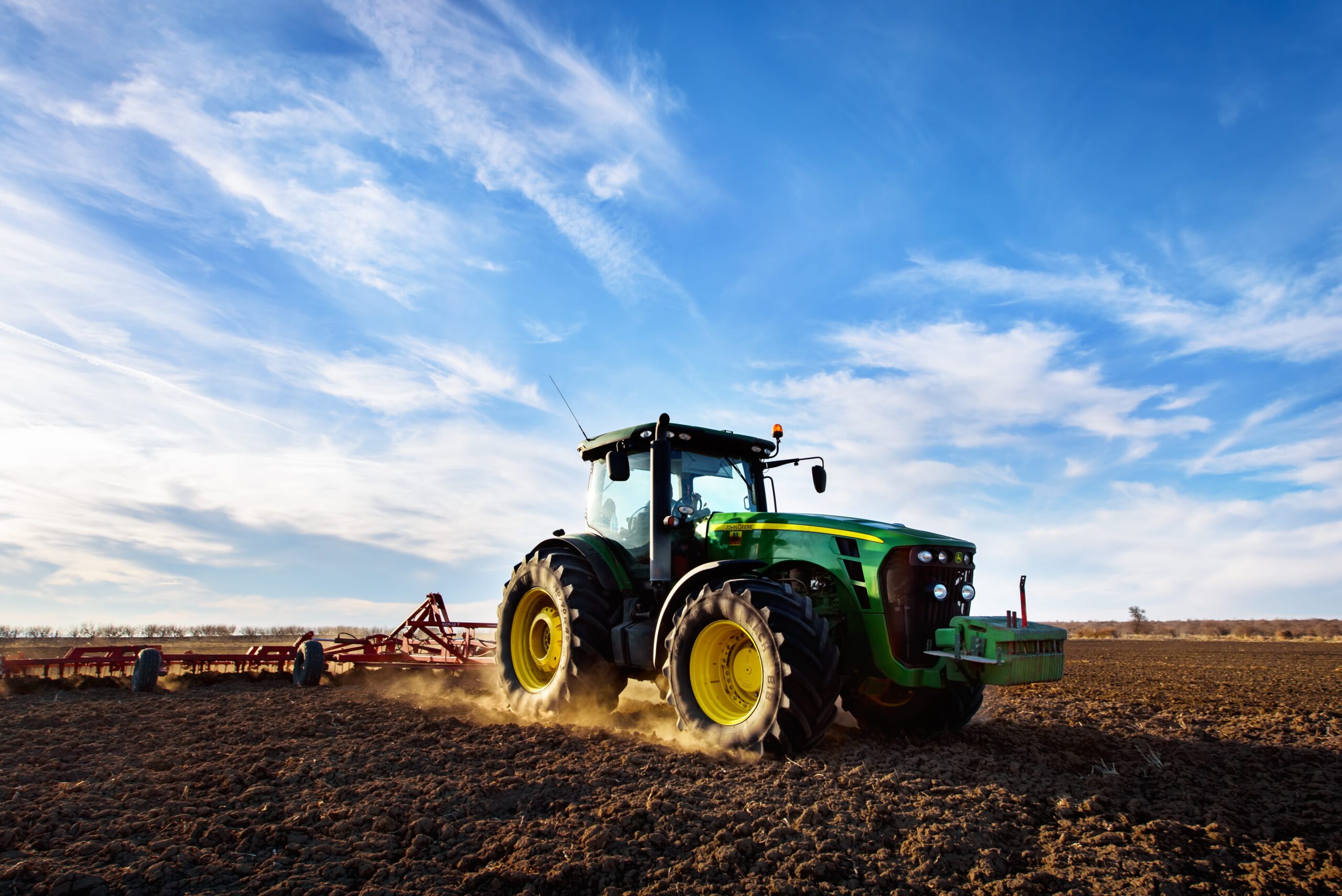Cotton has been a cornerstone of agriculture and industry for centuries, playing a pivotal role in the global economy. From clothing to household goods, cotton’s versatility is unmatched. But behind this essential crop is a rich history of innovation and technology that has revolutionized the way it’s harvested. At the heart of this evolution is
READ MORECotton Harvesting
From Field to Fabric: How Cotton is Processed and Readied for the Market
Cotton, often referred to as “white gold,” is one of the most important natural fibers used in textiles. The journey of cotton from the field to fabric is a complex, multi-step process that involves harvesting, cleaning, spinning, weaving, and finishing. Understanding how cotton is processed helps one appreciate the level of precision and effort required
READ MOREThe Evolution of Cotton Harvesters: From Early Models to Modern Machines
The cotton harvester has undergone a remarkable transformation since its inception, evolving from simple manual tools to sophisticated machines capable of processing acres of cotton in hours. This technological progress has not only revolutionized the agricultural industry but has also played a significant role in meeting the growing global demand for cotton. Early Cotton Harvesting
READ MOREA Comprehensive Guide to Cotton Cultivation: Best Practices and Emerging Trends
Cotton cultivation is an integral part of the global agricultural landscape, providing the raw material for one of the world’s most essential industries—textiles. Successfully growing and harvesting cotton requires an in-depth understanding of the plant, its growing conditions, and the machinery necessary for efficient production. Understanding the Basics of Cotton Cultivation What is Cotton?
READ MOREHow to Extend the Lifespan of Your Cotton Harvester
A cotton harvester is a significant investment for any farming operation, essential for efficient cotton harvesting and critical to maximizing yield and productivity. But as with any heavy-duty agricultural machinery, a cotton harvester requires diligent care and maintenance to operate at peak performance year after year. Extending your cotton harvester’s lifespan involves regular inspections, timely
READ MORE



